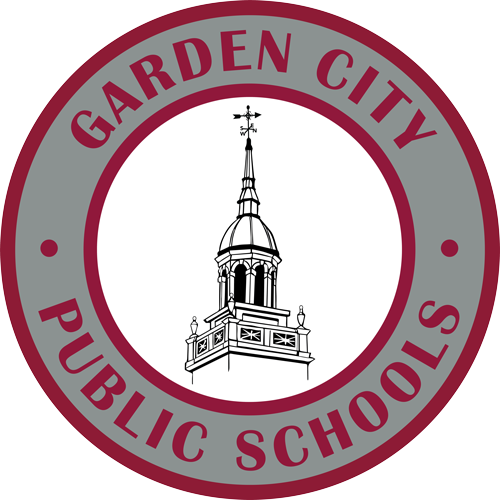6-8 Science
Science education in grades 6-8 is designed to help middle school students develop a deep understanding of science while building essential skills in critical thinking, problem-solving, and inquiry. The focus is on creating active learners who can apply their knowledge to solve real-world challenges. The curriculum encourages exploration, hands-on learning, and interdisciplinary thinking.
The middle school science curriculum focuses on three main areas: Disciplinary Core Ideas (content), Science & Engineering Practices (how students will learn), and Crosscutting Concepts (scientific themes).
1. Disciplinary Core Ideas
The Core Science Topics represent fundamental areas of study that help students understand the natural world and our place in it. These topics provide a framework for scientific exploration and discovery.
Physical Science (PS)
Students will explore the interactions between matter and energy by studying chemical reactions, motion and forces, energy transfer, waves, and information transmission.Life Science (LS)
Students will investigate living organisms and their environments, examining ecosystems, heredity, and biological evolution to understand how life develops, interacts, and adapts.Earth and Space Science (ESS)
Students will study Earth’s systems, its place in the universe, and the impact of human activities on the planet. This includes exploring geological processes, climate patterns, and celestial phenomena.Engineering, Technology, and Applications of Science (ETS)
Students will discover how science and engineering work together to solve real-world problems. Through hands-on engineering design, they will explore the connections between technology, innovation, and society.
2. Science & Engineering Practices
Students will engage in hands-on, inquiry-based learning, encouraging them to develop practical skills and think critically like scientists and engineers. The eight Science and Engineering Practices (SEPs) focus on the actions students take as they explore and learn:
Asking Questions and Defining Problems: Students will ask meaningful questions and define problems to investigate, setting the stage for inquiry-based learning.
Developing and Using Models: Students will create models to represent ideas or systems (like the water cycle or atomic structure), helping them visualize complex concepts.
Planning and Carrying Out Investigations: Students will design and conduct experiments, ensuring they collect relevant data and evidence through systematic inquiry.
Analyzing and Interpreting Data: After gathering data, students will analyze results to identify patterns, trends, and relationships between variables.
Using Mathematics and Computational Thinking: Students will apply mathematical tools and computational thinking (e.g., graphs, equations) to solve problems and make sense of data.
Constructing Explanations and Designing Solutions: Students will explain scientific concepts and develop solutions to problems based on evidence, making connections to real-world applications.
Engaging in Argument from Evidence: Students will use evidence to support claims, engage in discussions, and debate scientific ideas in a reasoned manner.
Obtaining, Evaluating, and Communicating Information: Students will gather information from multiple sources, critically evaluate it, and effectively communicate their findings, both in writing and orally.
3. Crosscutting Concepts
The Crosscutting Concepts (CCCs) are overarching themes that link different areas of science and help students recognize connections across disciplines. These themes provide a framework for understanding how different scientific ideas work together. They encourage students to think in broader terms and make connections between scientific concepts.
Patterns: Identifying repeating structures or behaviors in nature, such as seasonal changes or the movement of tectonic plates.
Cause and Effect: Understanding how actions lead to specific results, like how increasing carbon dioxide levels lead to climate change.
Scale, Proportion, and Quantity: Comparing the size, time scale, or quantity of objects and phenomena, like comparing the size of cells to the size of organisms.
Systems and System Models: Understanding how parts of a system interact and work together, such as the water cycle or ecosystems.
Energy and Matter: Exploring how energy moves and transforms in different systems, such as how energy from the sun supports life on Earth.
Structure and Function: Studying how the structure of an object or organism is related to its function, such as the structure of the heart and how it pumps blood.
Stability and Change: Investigating how systems remain stable or change over time, like how ecosystems can recover after a disturbance or how climate can change over long periods.
The Importance of Science in Education
Build critical thinking and problem-solving skills: Students learn to approach problems systematically and use evidence to make decisions.
Prepare for future academic success: These standards lay the groundwork for high school and college science courses.
Understand the real-world applications of science: Students connect their learning to current issues like climate change, technology, and sustainability.
Become informed, scientific thinkers: By learning these practices and core ideas, students are equipped to think critically about science-related topics in their everyday lives, including health, technology, and the environment.
By focusing on exploration, inquiry, and problem-solving, the science curriculum engages students in meaningful learning that prepares them for a lifetime of scientific curiosity and problem-solving!
